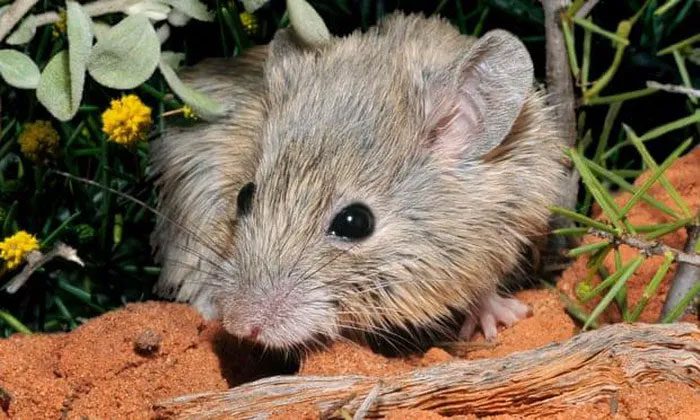Scientists have discovered individuals of the Gould’s mouse species, which was believed to have gone extinct in Australia around 150 years ago, on islands off the country’s west coast.
According to The Guardian, the Gould’s mouse was previously thought to be extinct after populations of this species were wiped out from the Australian mainland.
Australian scientists found that Gould’s mouse still exists while conducting a study on the decline of native animal species in Australia since European settlement.

The Gould’s mouse, once thought to be extinct, has been discovered on islands off the coast of Western Australia. (Photo: Australian Wildlife Conservancy).
During the research analyzing DNA samples from 8 extinct rodent species in Australia and 42 related species that still exist, scientists found that the DNA of the Shark Bay mouse perfectly matched the DNA of the Gould’s mouse, which is believed to have gone extinct over 150 years ago.
The Shark Bay mouse is thriving and can be found on many islands off the west coast of Australia.
“The resurgence of the Gould’s mouse is good news in the context of the significant decline we are witnessing in many native rodent populations in Australia,” said Emily Roycroft, an evolutionary biologist at the Australian National University.
According to Roycroft, rodents account for a total of 41% of the native mammal species that have gone extinct since Europeans colonized the area in 1788.
“It is wonderful that the Gould’s mouse still exists, but the fact that it now only survives on islands off the west coast of Australia, despite previously living across the mainland, is a notable reality. It represents a complete population collapse of a species,” Roycroft emphasized.
According to the New South Wales Environment Department, the Gould’s mouse was once abundant in Australia before it became a colony of European nations. This species is typically smaller than the black rat and lives in small communities. Gould’s mice usually reside under bushes, in burrows about 15 cm deep.
This species witnessed a dramatic decline in numbers during the 1840s, attributed to cats brought to Australia by European settlers.





















































